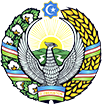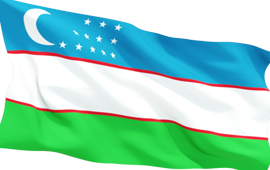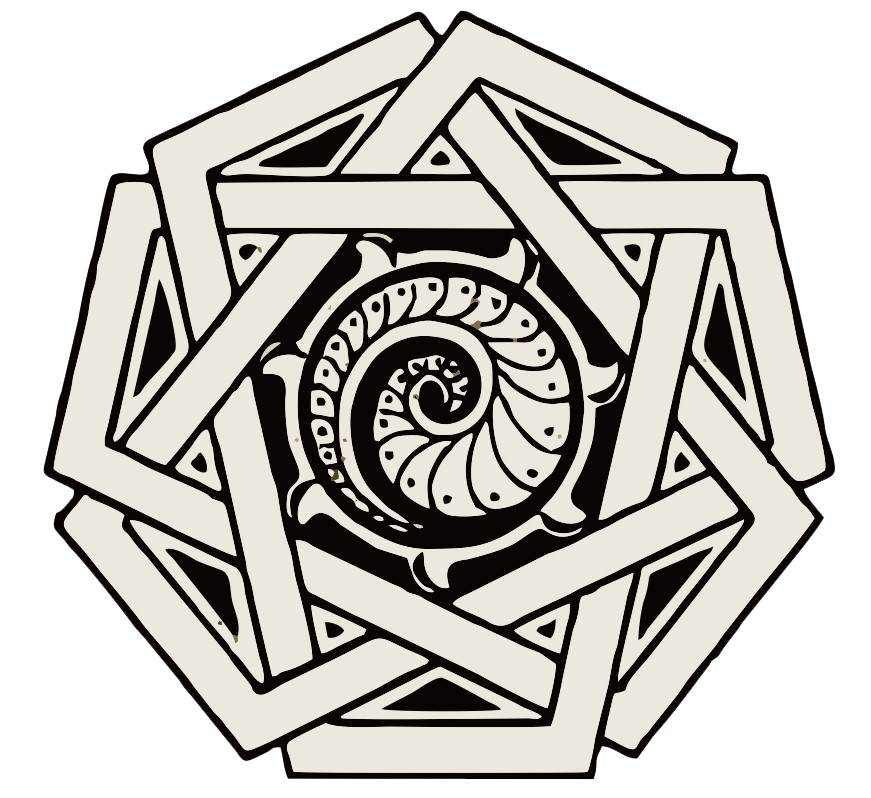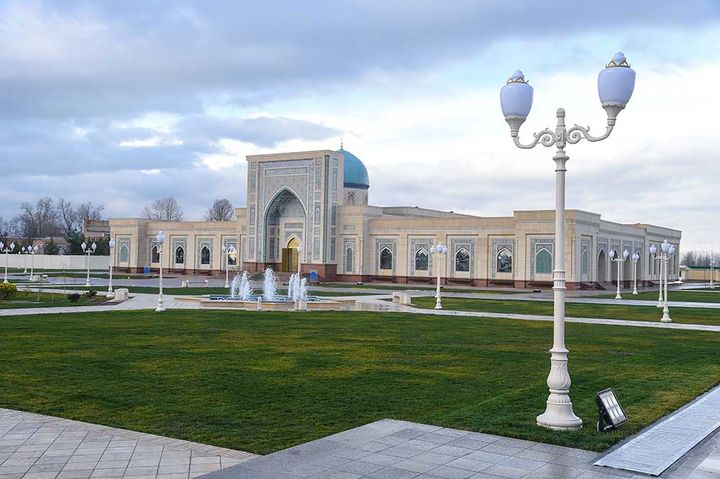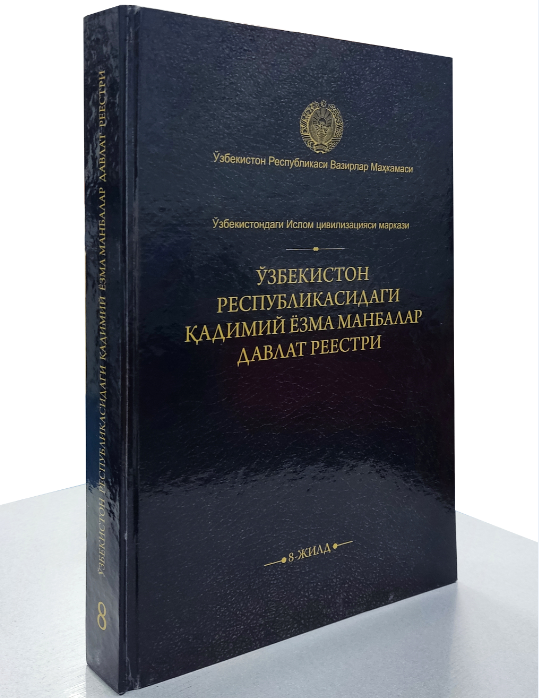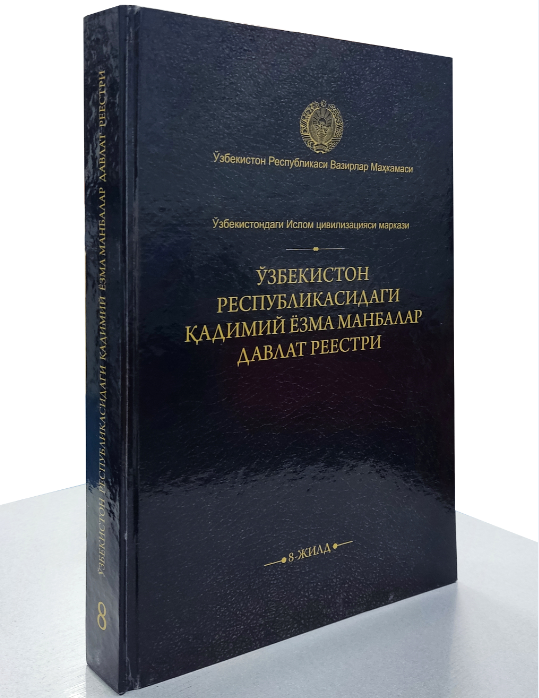In the history of Muslim countries, special attention has been paid to the subject of teaching children. It was believed that children should not only acquire the necessary knowledge and information in primary schools and classrooms, but also develop mentally and physically. Our great ancestor Ibn Sina, the famous physician Ash-Shayzari, who lived and worked in Damascus in the 12th century, wrote in his works about how schoolteachers should treat children. In particular, they did not recommend that children be physically punished, that they be given jobs that they could not afford, and that such cases would not benefit either the children or the community.
The great scholar al-Ghazali also stated in the 11th century that "teaching children should be carried out on an equal footing with physical games, but it is difficult to force them to study without raising their heads, to lock their hearts and to develop their intellects." "Then they start trying to give up the lessons. So the kids have to play with toys, watch puppet shows, and exercise."
The early schools of the Muslim world were mainly concerned with disseminating information. It is common for scholars to exchange views in mosques and madrassas. Scientific discussions and exchange of information also played an important role in the formation of such great hadith scholars as Imam Bukhari, Imam Termezi, Ibn Sina, Fergani, Khorezmi, Ibn Khaldun. Even today, the Haram Mosque in Mecca, the Holy Haram Mosque in Medina, and the Al-Aqsa Mosque in Jerusalem are equipped with special rooms where international meetings of scholars are held.
Over time, schools have taken on a modern look and feel. Educational schools and madrassas are tasked with bringing up young people in a comprehensive, educated and physically healthy way. Scientific schools, on the other hand, are still tasked with forming scientists. In particular, the School of Hadith in Samarkand, the Higher Mir Arab Madrasah in Bukhara, the Tashkent Islamic Institute, the International Islamic Academy Bukhari, Termez, Nafasi, Dorimi, Zamakhshari and a number of other Islamic sciences and the Islamic Khazar have been established at the initiative of the President of Uzbekistan. work to cultivate specialists-scientists who can continue the traditions of our scholars and meet the requirements of the time.
